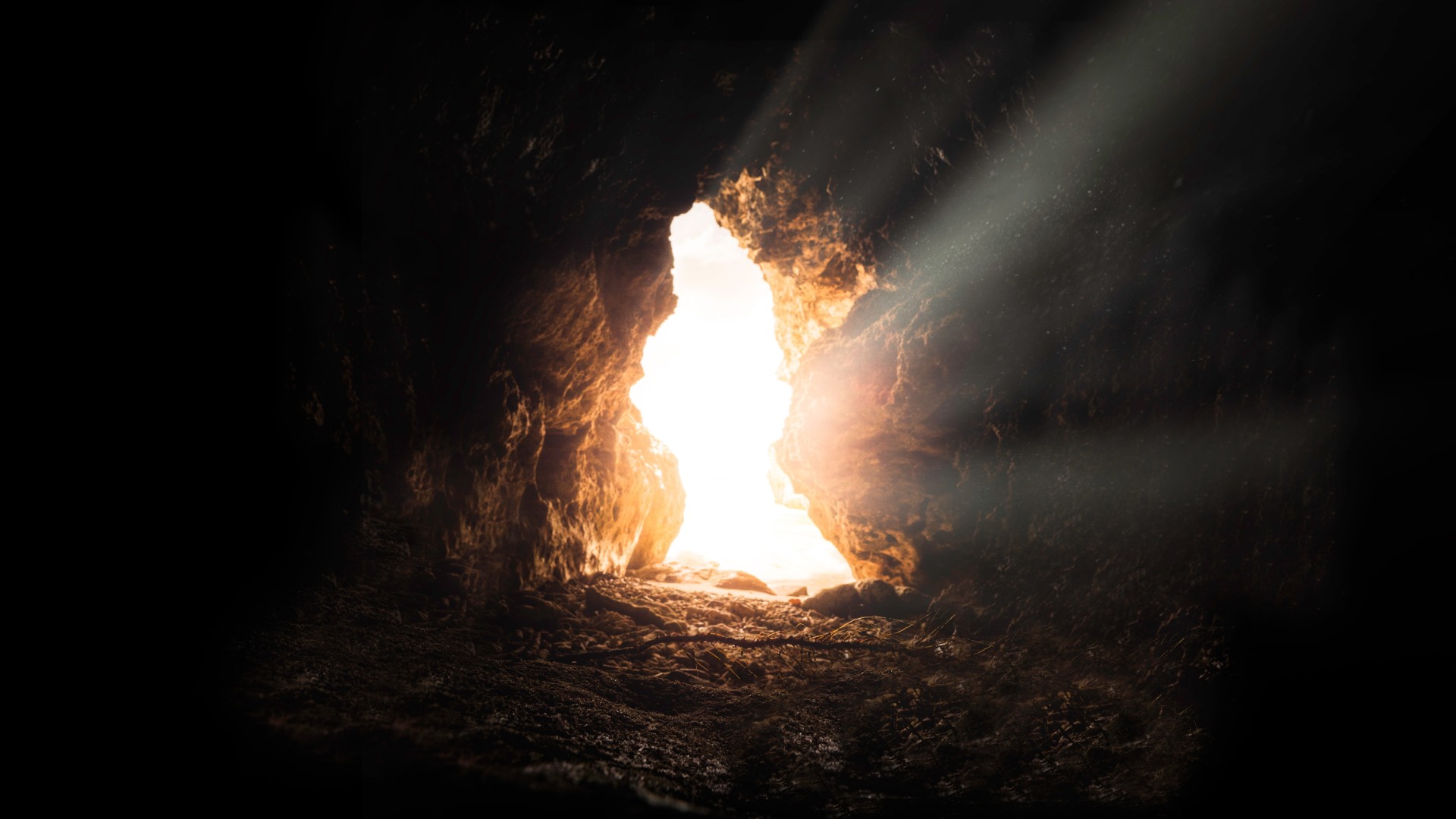When Gary Habermas’s “Minimal Facts” approach to the resurrection comes up, I’ll often hear two challenges: 1) “Who are these scholars?” and 2) “This is an illegitimate appeal to authority.” So I’ve posted excerpts below from a paper by Habermas explaining his method that I think will clear some of this up.
It’s important to note regarding the second challenge that Habermas doesn’t dismiss the need for arguments for the historicity of the minimal facts apart from their scholarly support. The use of the scholars to show that “even by skeptical approaches, the resurrection can be established historically,” is merely used as a kind of shorthand in an apologetic approach (as well as being evidence for the strength of the evidence). Certainly, one could take the time to go through the arguments for each fact, but the idea is that as you’re talking to skeptical people, they’re likely to acknowledge a fact that’s accepted by even the most skeptical scholars out there, so this frees you to move on to assembling those facts into a conclusion. If they ask for the evidence for a fact, of course that can be given, as well.
From Habermas’s paper:
From the outset of my studies, I argued that there were at least two major prerequisites for an occurrence to be designated as a Minimal Fact. Each event had to be established by more than adequate scholarly evidence, and usually by several critically-ascertained, independent lines of argumentation. Additionally, the vast majority of contemporary scholars in relevant fields had to acknowledge the historicity of the occurrence. Of the two criteria, I have always held that the first is by far the most crucial, especially since this initial requirement is the one that actually establishes the historicity of the event. Besides, the acclamation of scholarly opinion may be mistaken or it could change....
Regarding my references to the “vast majority” or “virtually all” scholars who agree, is it possible to identify these phrases in more precise terms? ... At least when referencing the most important historical occurrences, I frequently think in terms of a ninety-something percentile head-count....
Where are most scholars and why, precisely, are they there?
To answer this question in my case, what began as a rather modest attempt to update my resurrection bibliography grew by large increments until it developed into a full-blown attempt to catalog an overview of recent scholarship. The study dominated five straight years of my research time, as well as long intermittent stretches after that. Apparently, I was not very successful at drawing boundaries! I pursued an ongoing study that classified at least the major publications on these topics, continuing on through other representative sources. I counted a very wide spectrum of scholarly views, tracing the responses to about 140 sub-issues or questions related to the death, burial, and resurrection of Jesus. My bibliography is presently at about 3400 sources and counting, published originally in French, German, or English. Initially I read and catalogued the majority of these publications, charting the representative authors, positions, topics, and so on, concentrating on both well-known and obscure writers alike, across the entire skeptical to liberal to conservative spectrum. As the number of sources grew, I moved more broadly into this research, trying to keep up with the current state of resurrection research.
I endeavored to be more than fair to all the positions. In fact, if anything, I erred in the direction of cataloguing the most radical positions, since this was the only classification where I included even those authors who did not have specialized scholarly credentials or peer-reviewed publications. It is this group, too, that often tends to doubt or deny that Jesus ever existed. Yet, given that I counted many sources in this category, this means that my study is skewed in the skeptical direction far more than if I had stayed strictly with my requirement of citing only those with scholarly credentials. Still, I included these positions quite liberally, even when the wide majority of mainline scholars, “liberals” included, rarely even footnoted this material. Of course, this practice would also skew the numbers who proposed naturalistic theories of the resurrection, to which I particularly gravitated.
The result of all these years of study is a private manuscript of more than 600 pages that simply does little more than line up the scholarly positions and details on these 140 key questions, without additional interaction or critique....
This entire exercise is about constructing a viable methodology that is capable of establishing the historicity of the resurrection even when utilizing the particular methods, tools, and conclusions of the critical community of scholars.... Chiefly, these can indicate that, even by skeptical approaches, the resurrection can be established historically.
But it should always be remembered that this is an apologetic strategy. Thus, it is not a prescription for how a given text should be approached in the original languages and translated, or how a systematic theology is developed, or how a sermon is written. So it should never be concluded that the use of such methods in an apologetic context indicate a lack of trust in Scripture as a whole, or, say, the Gospels in particular.
Read the whole footnoted paper here.

